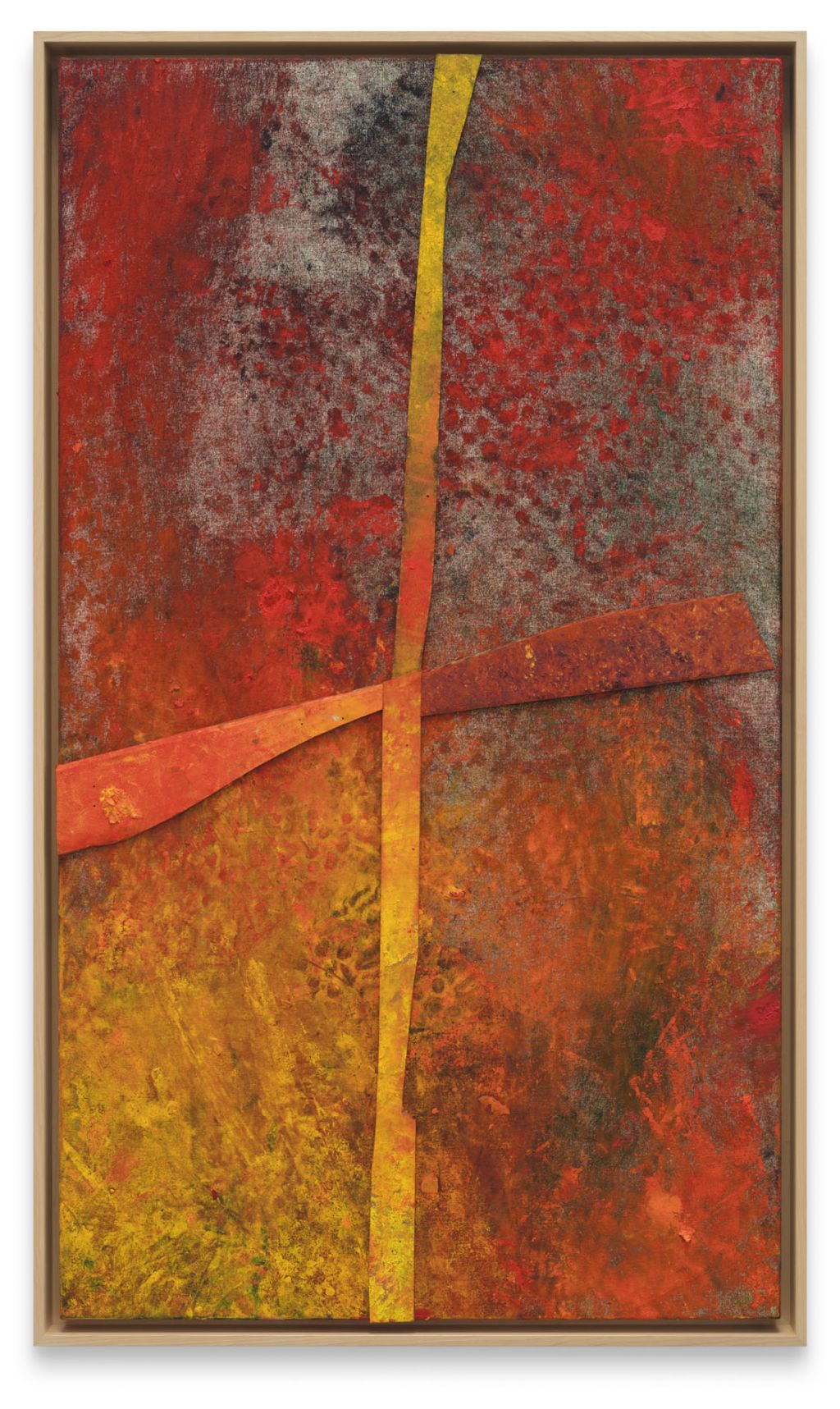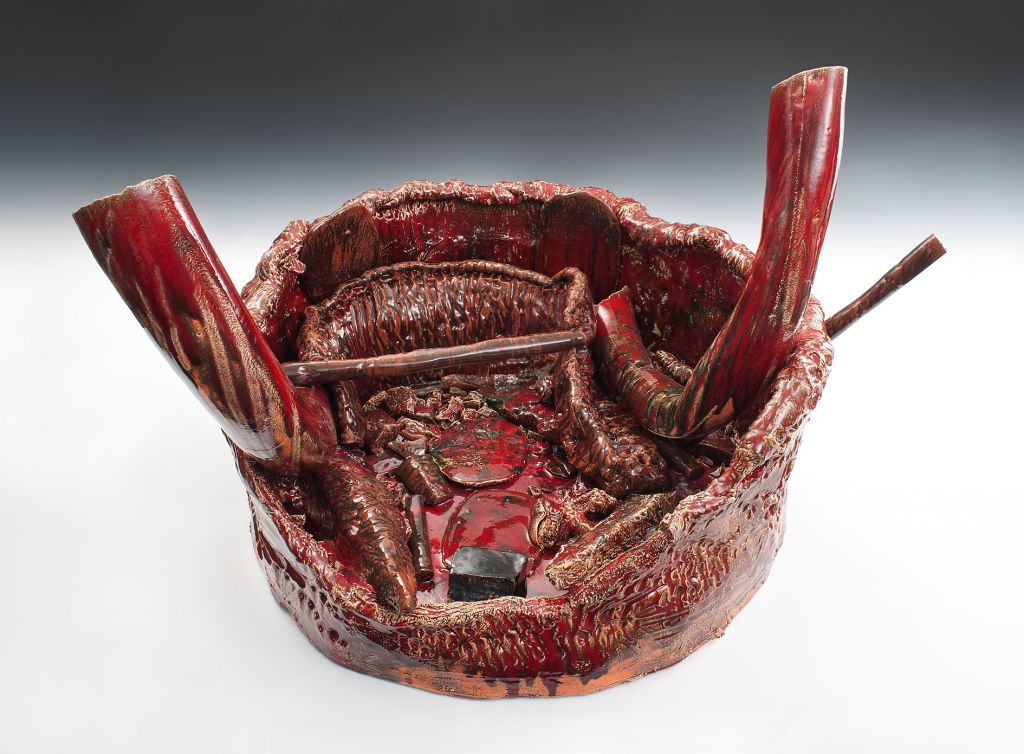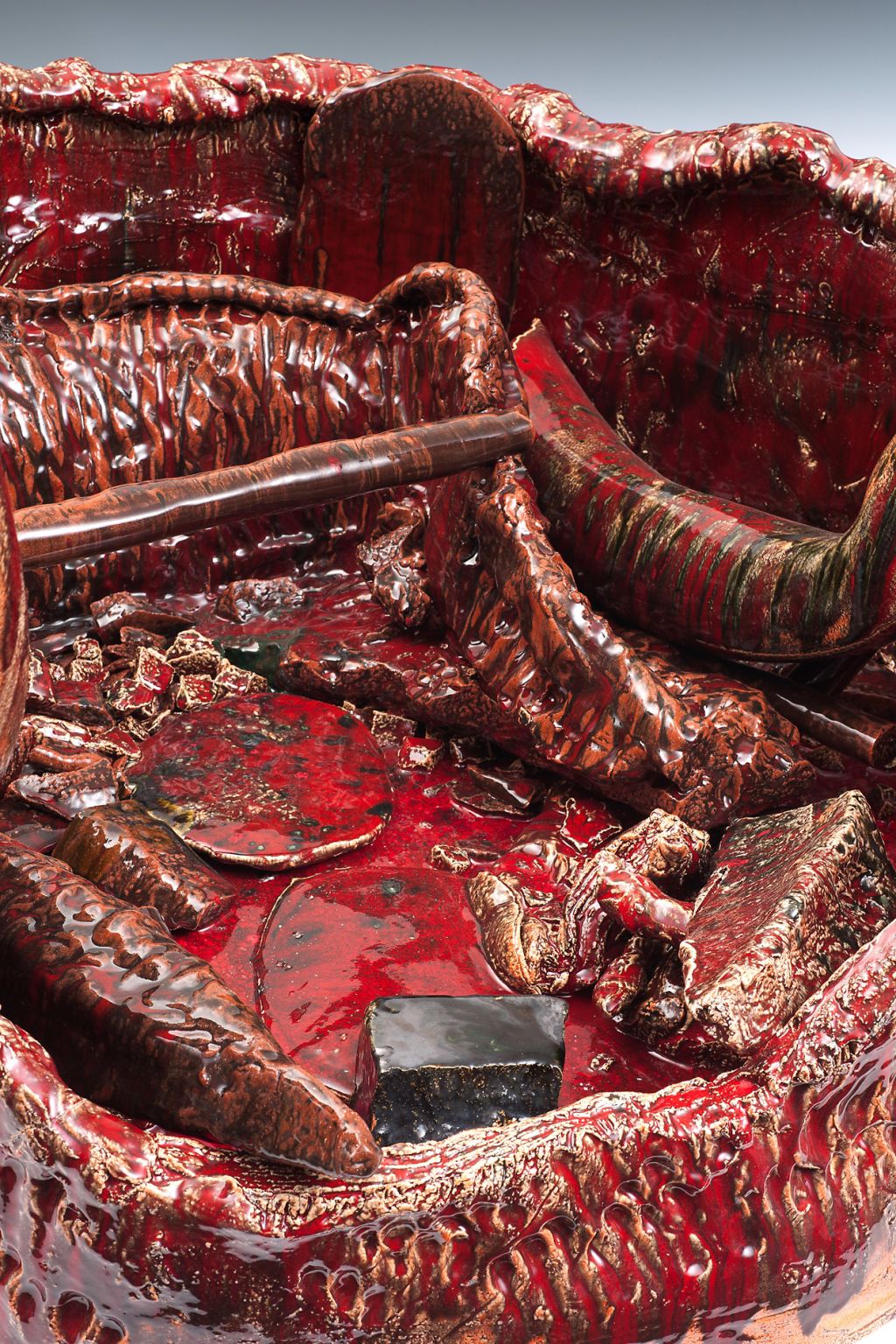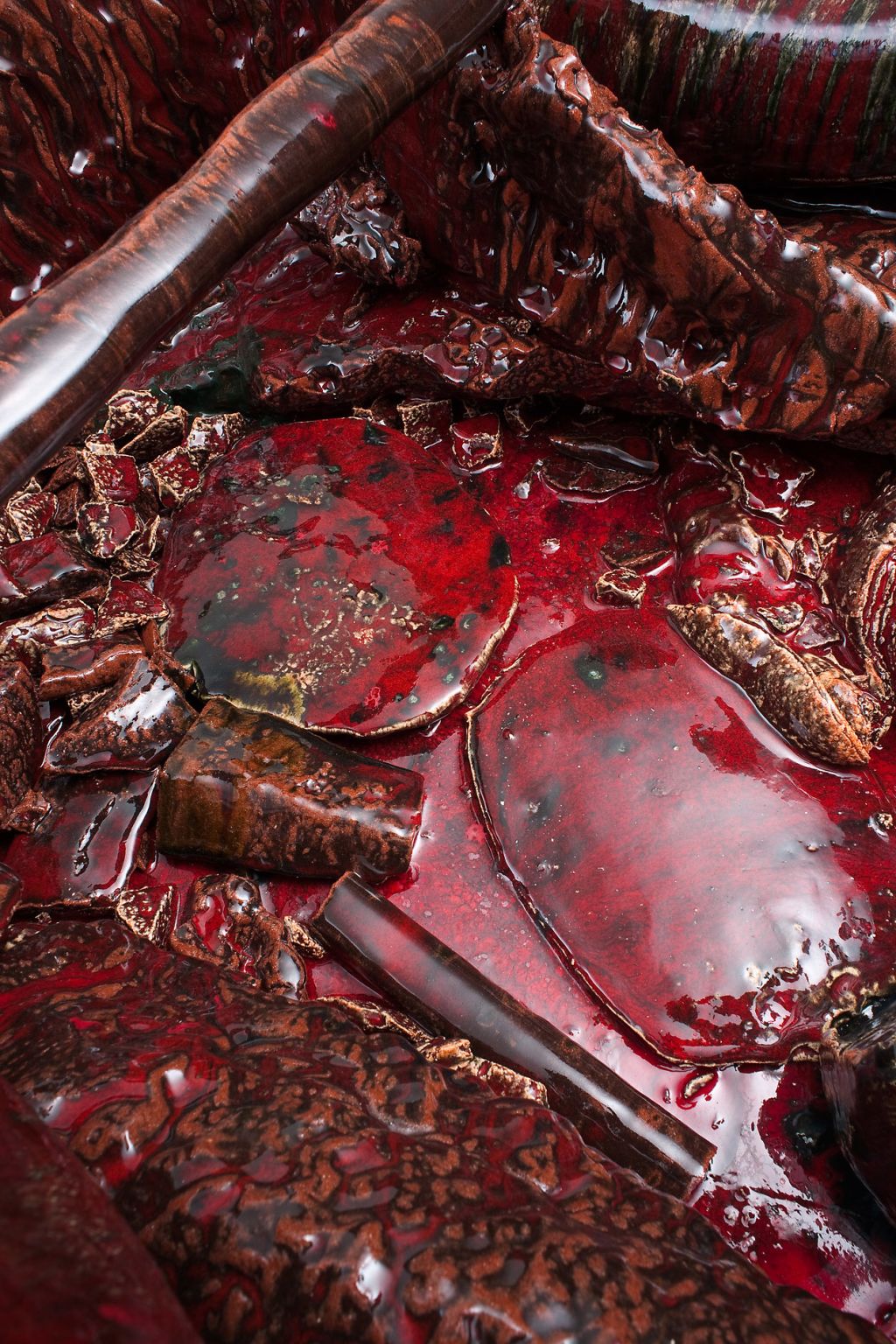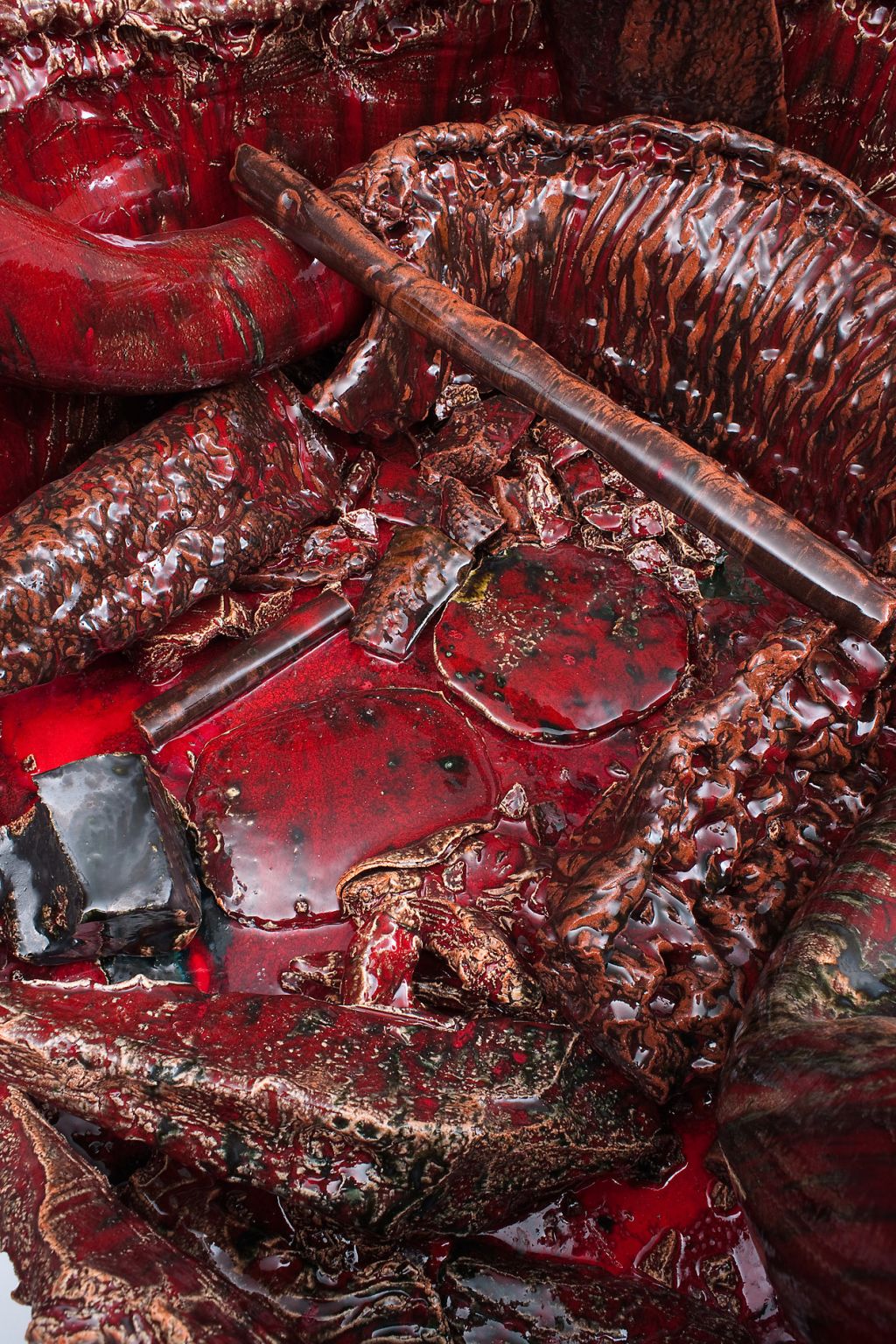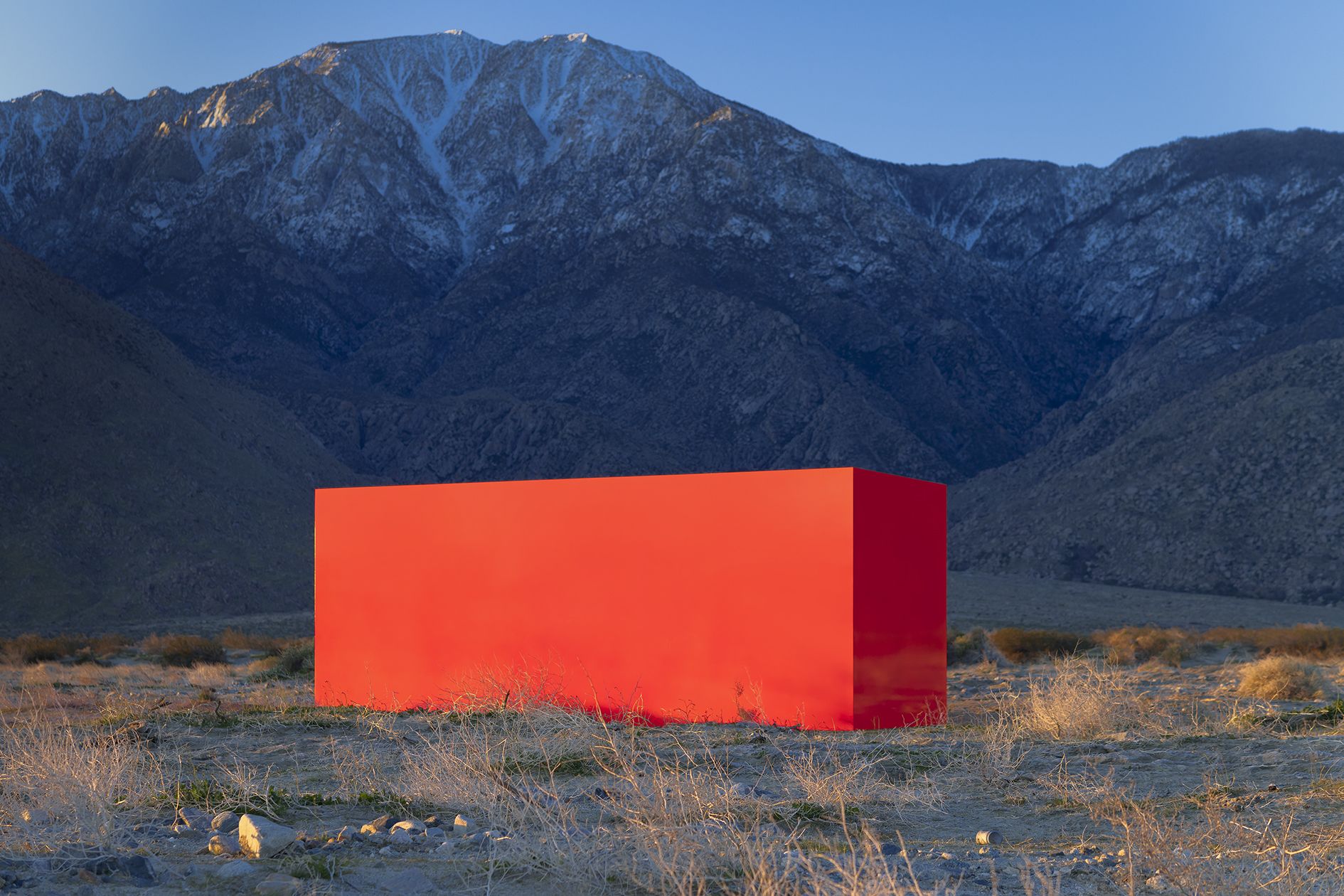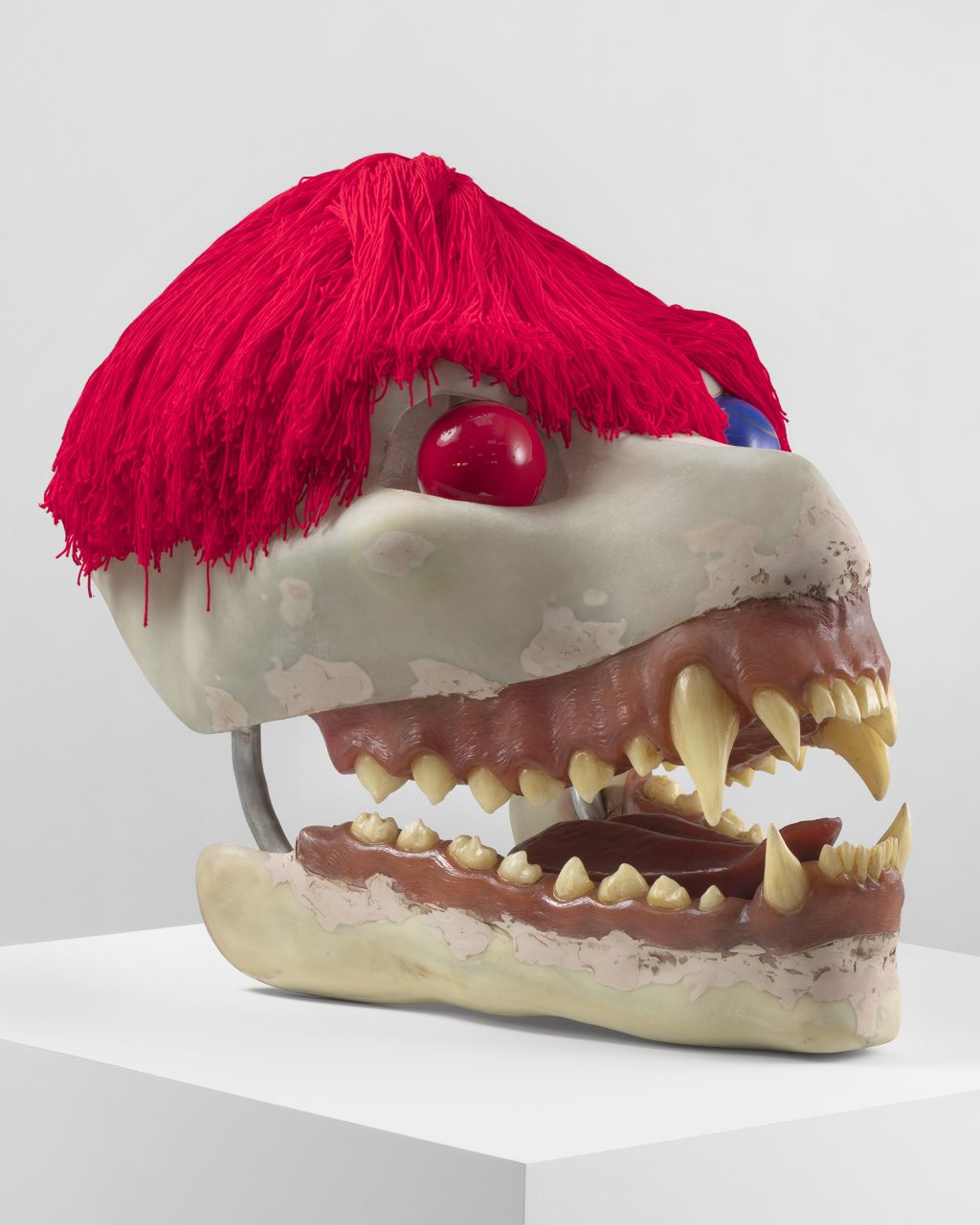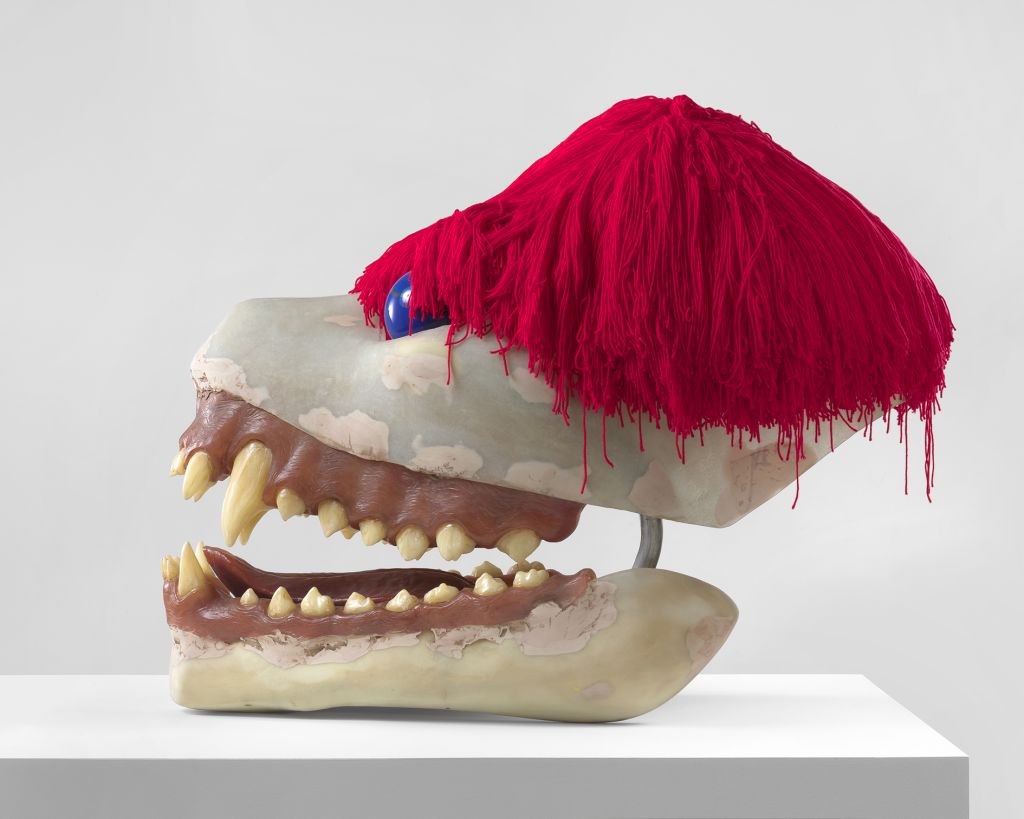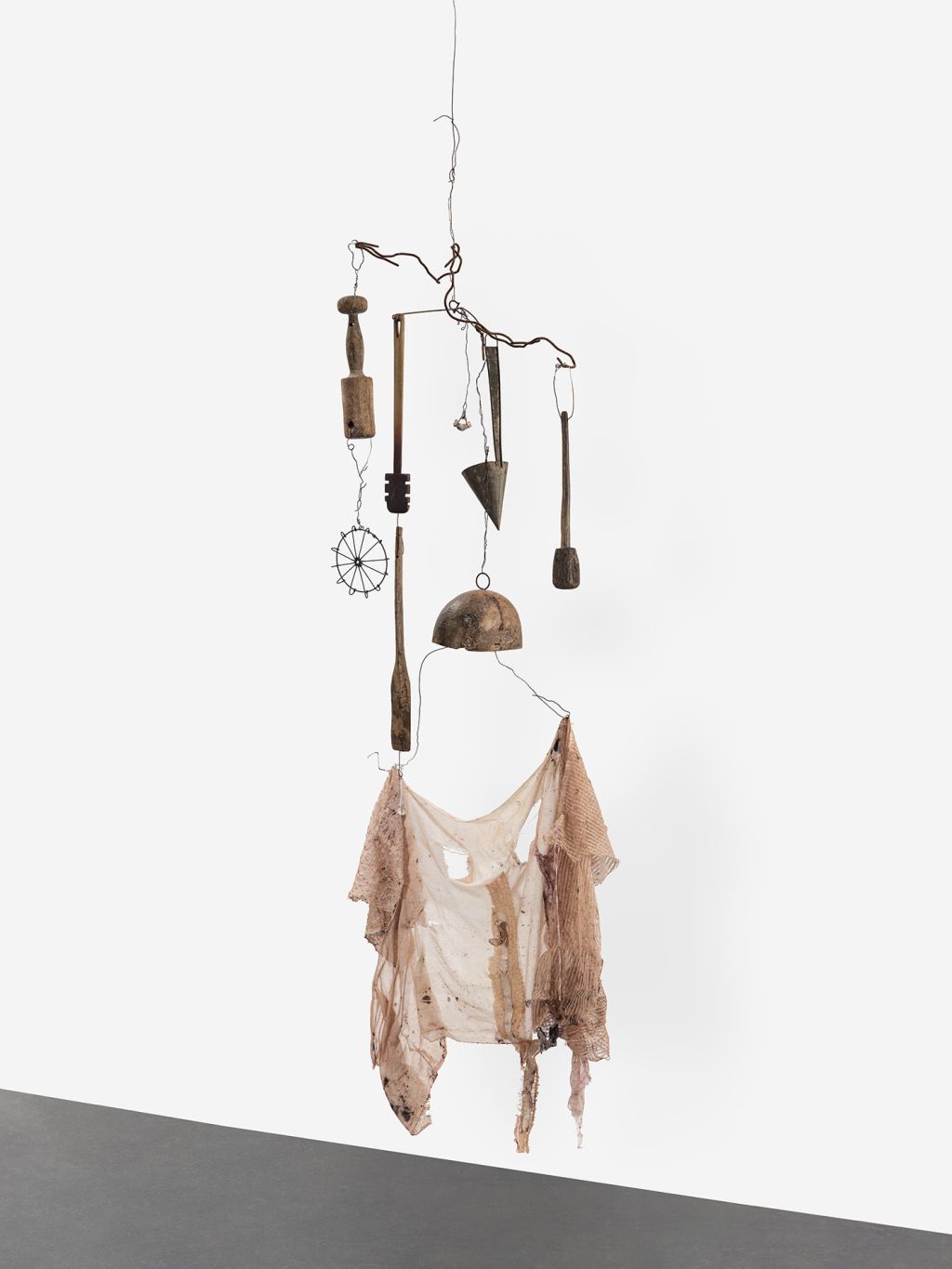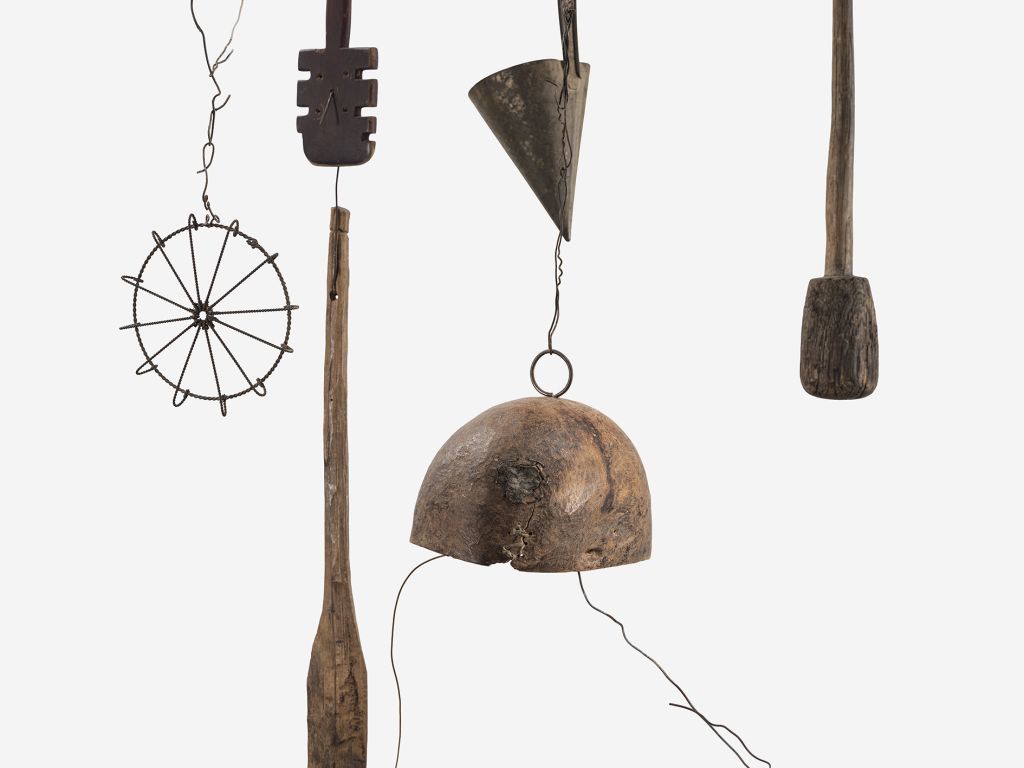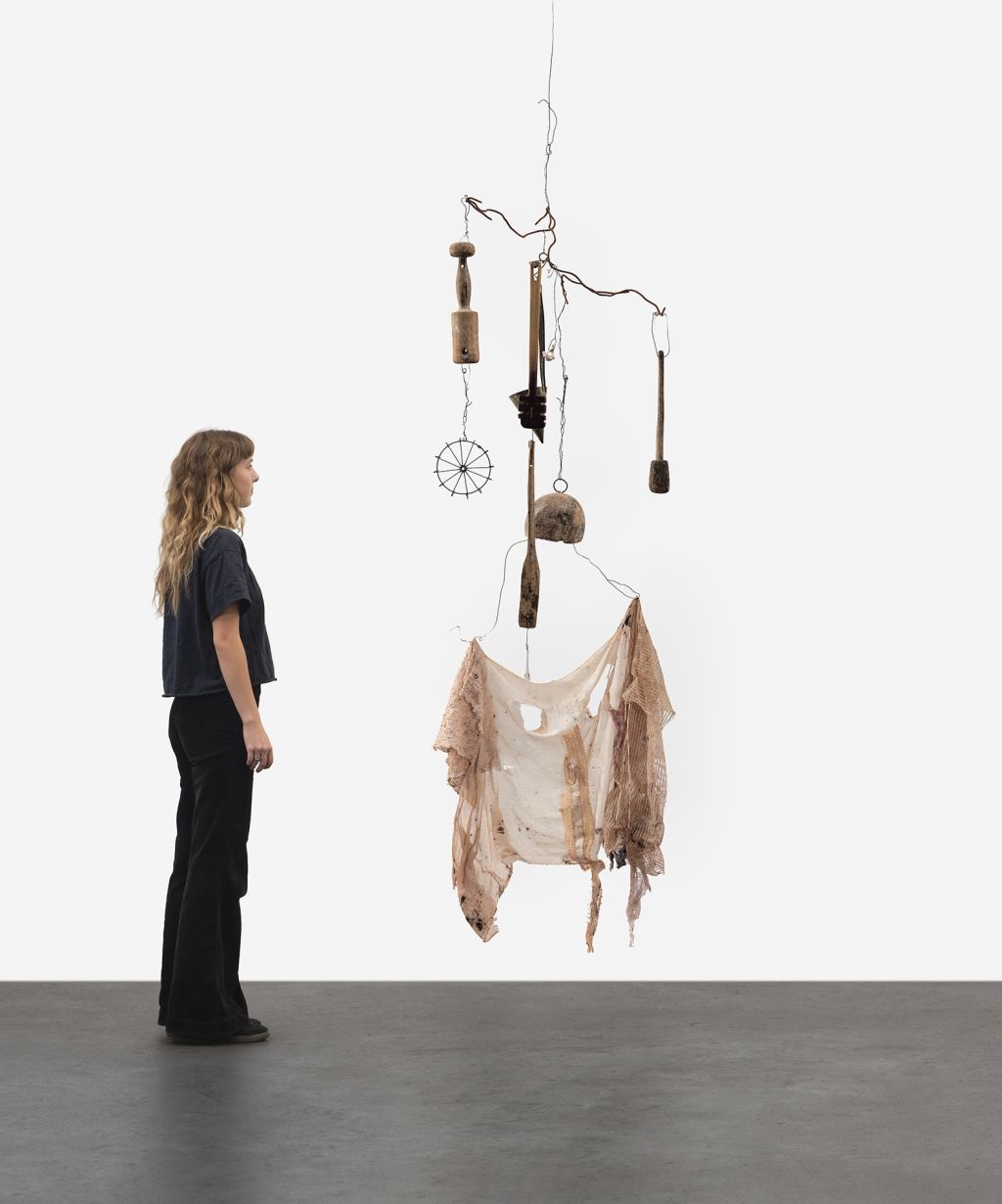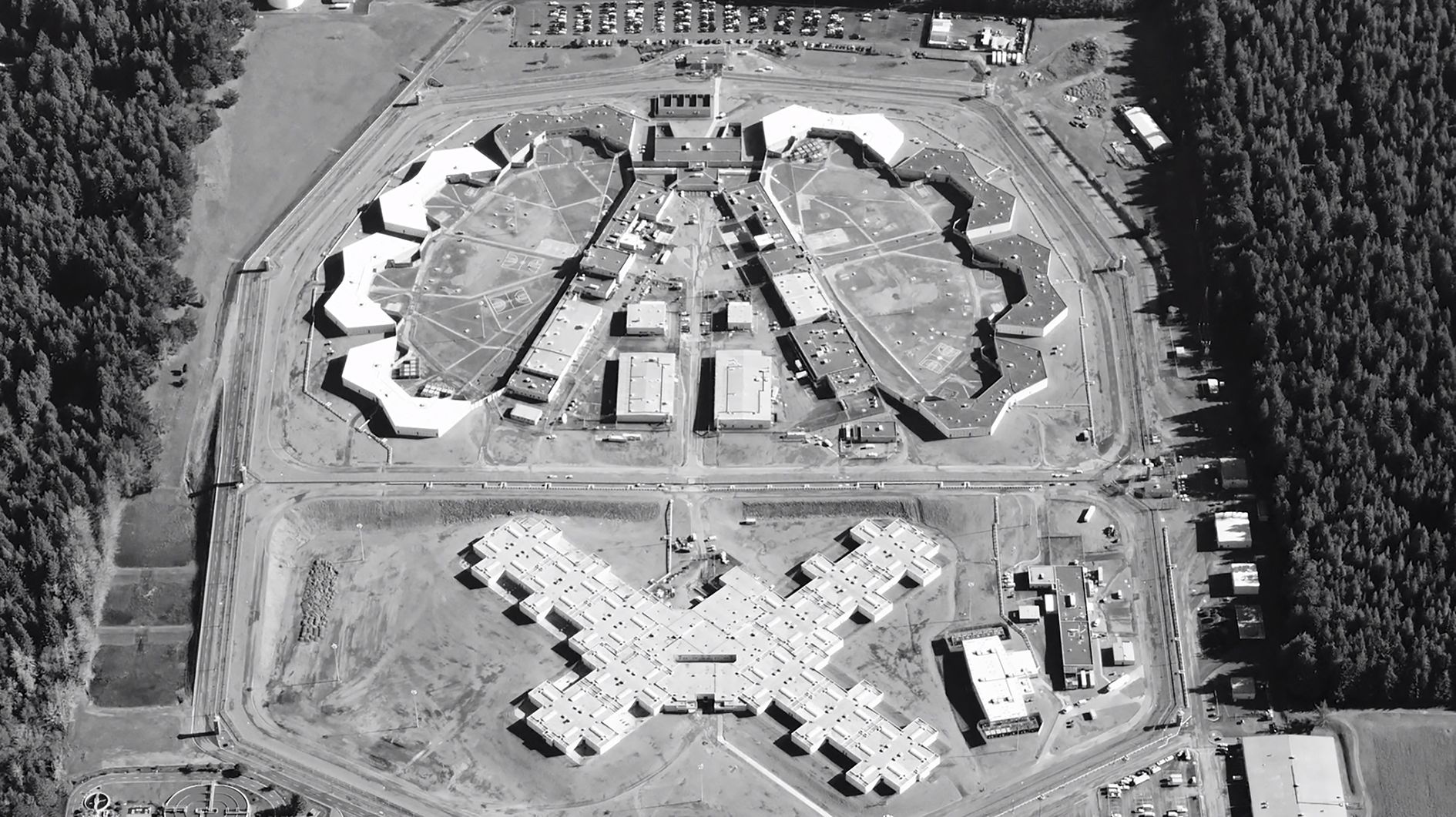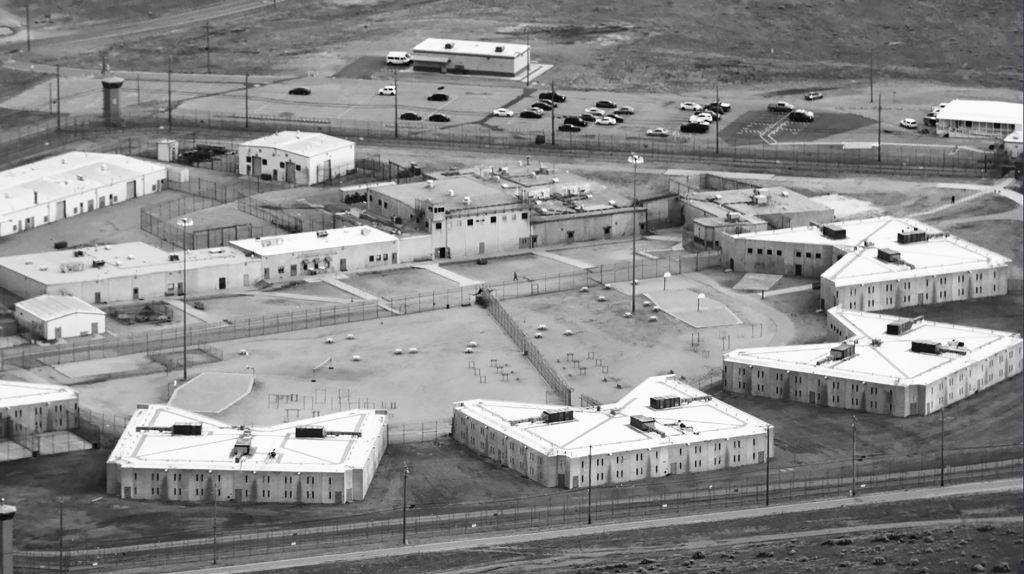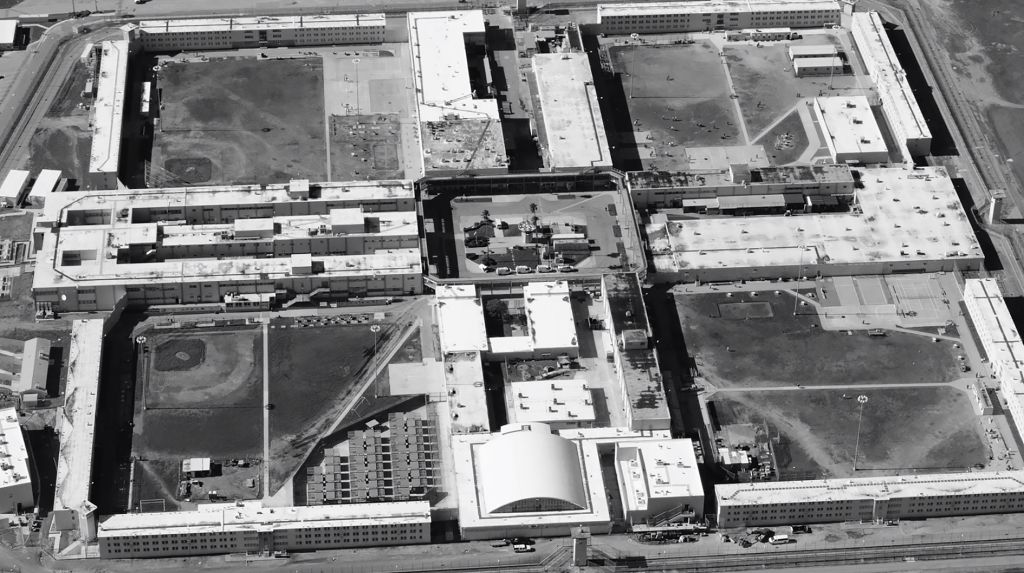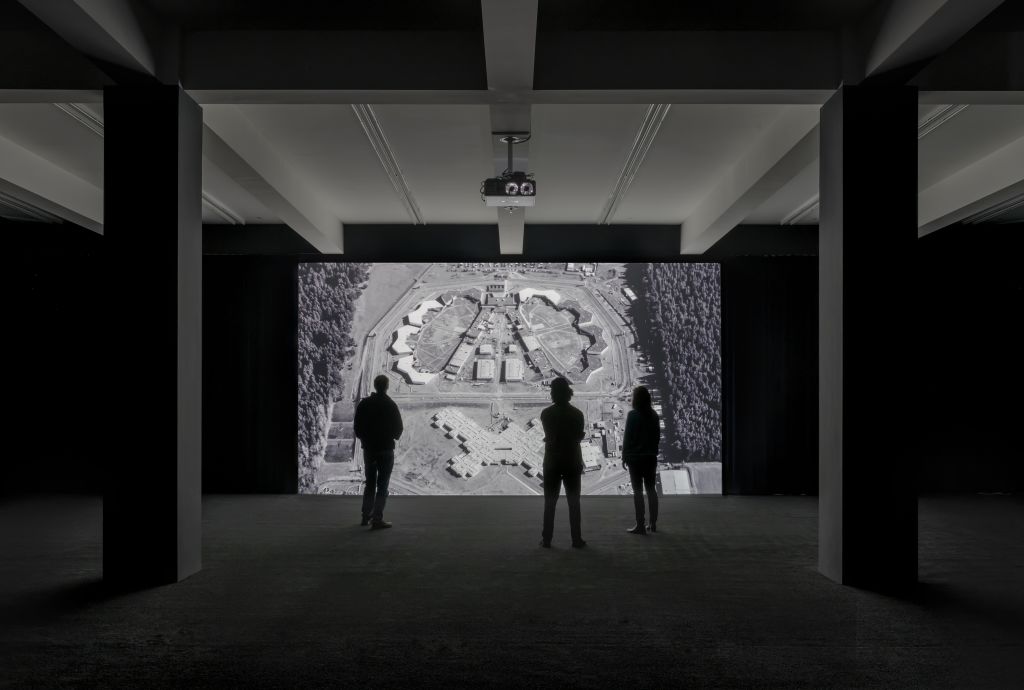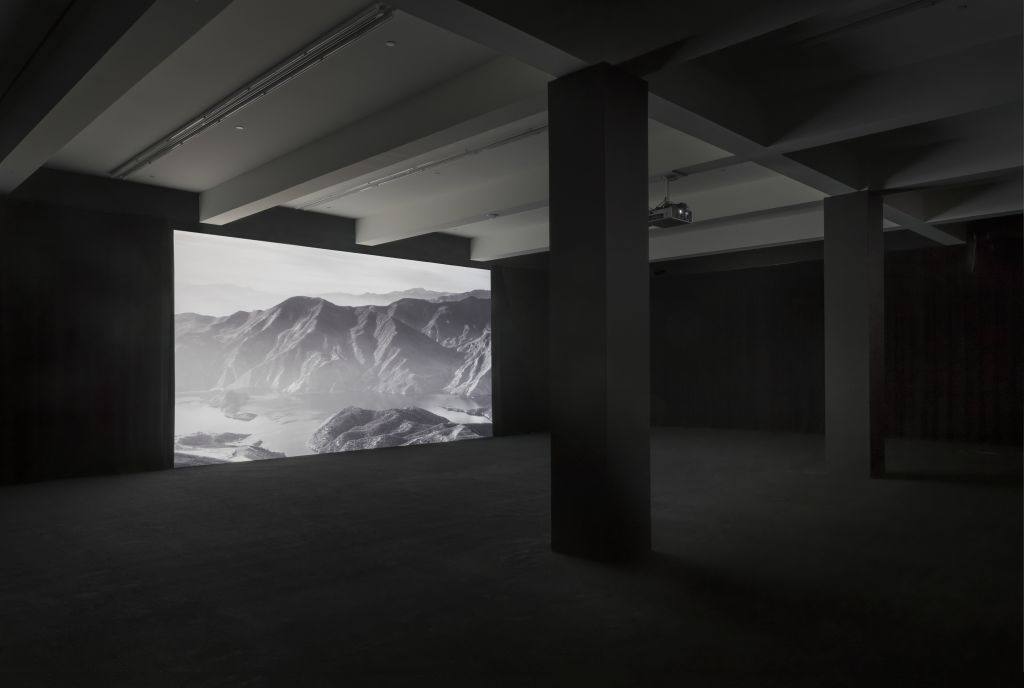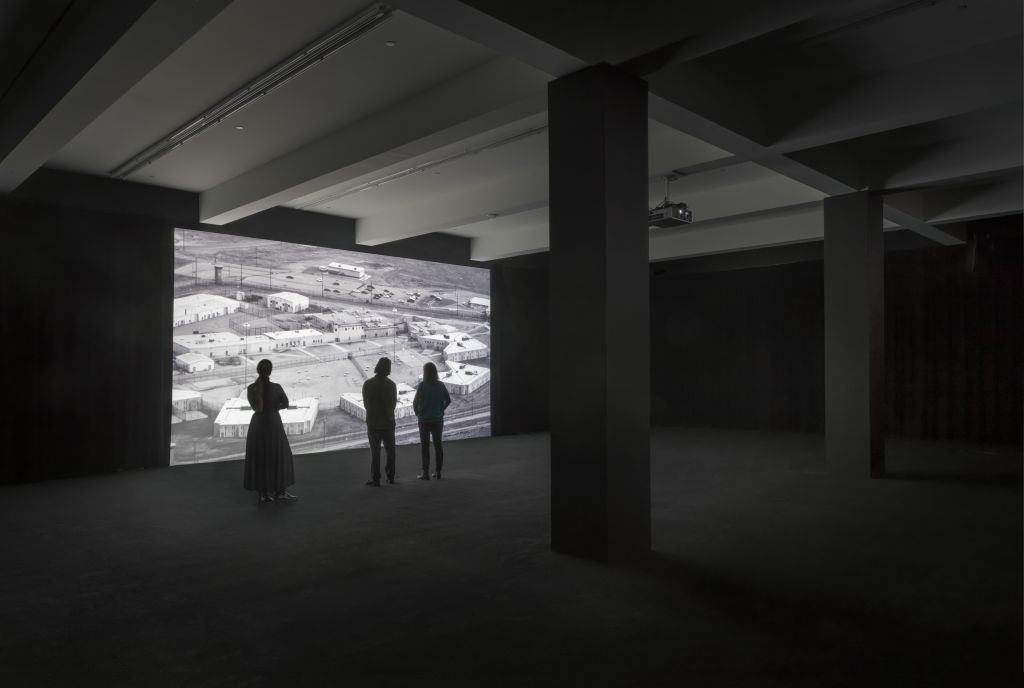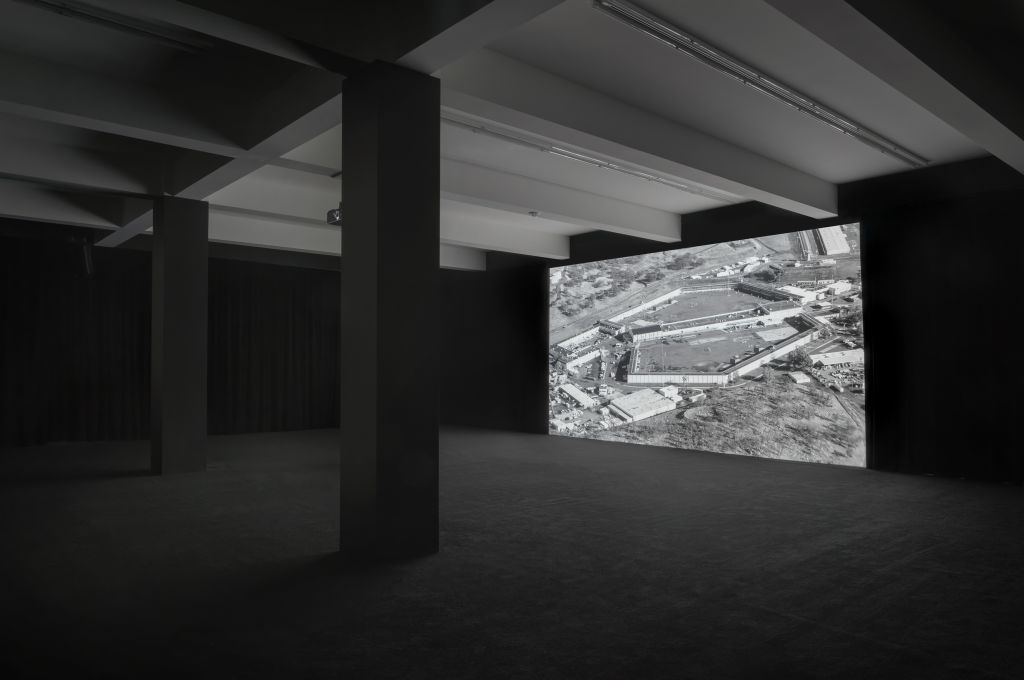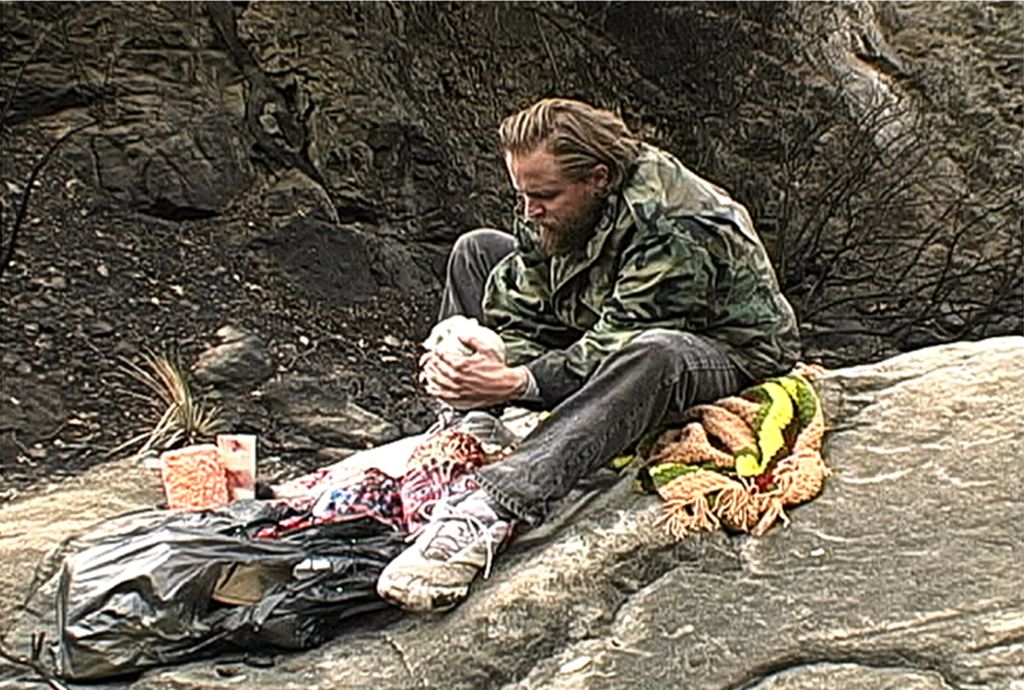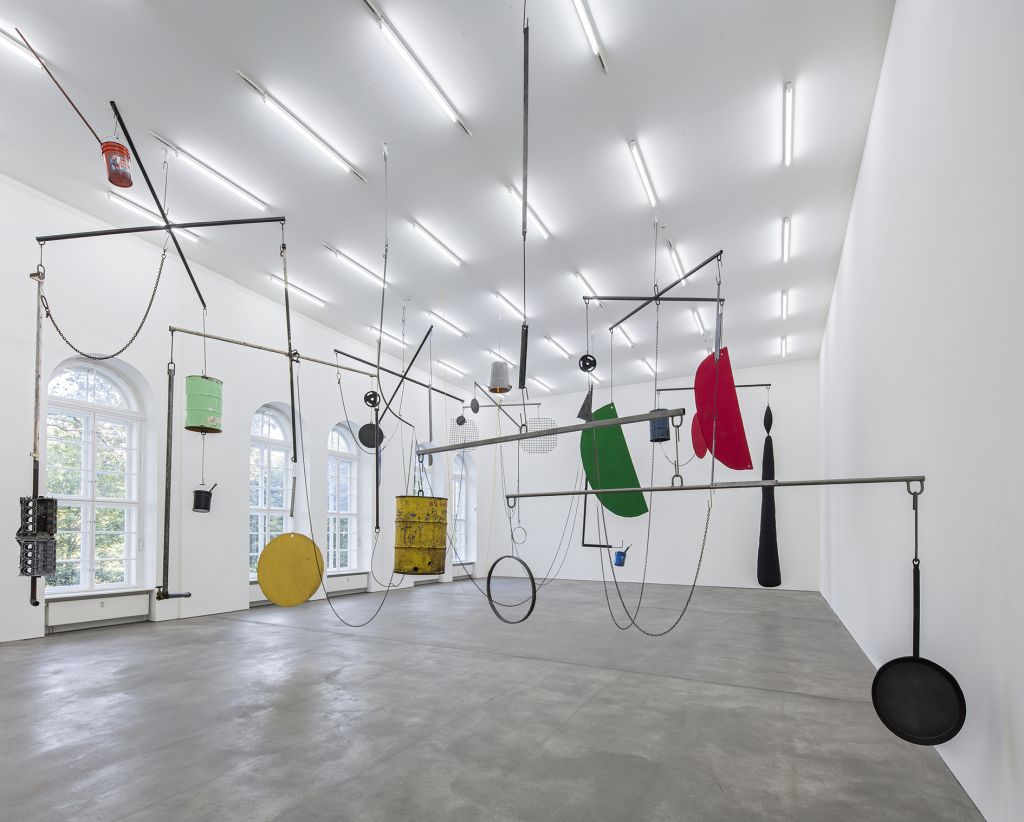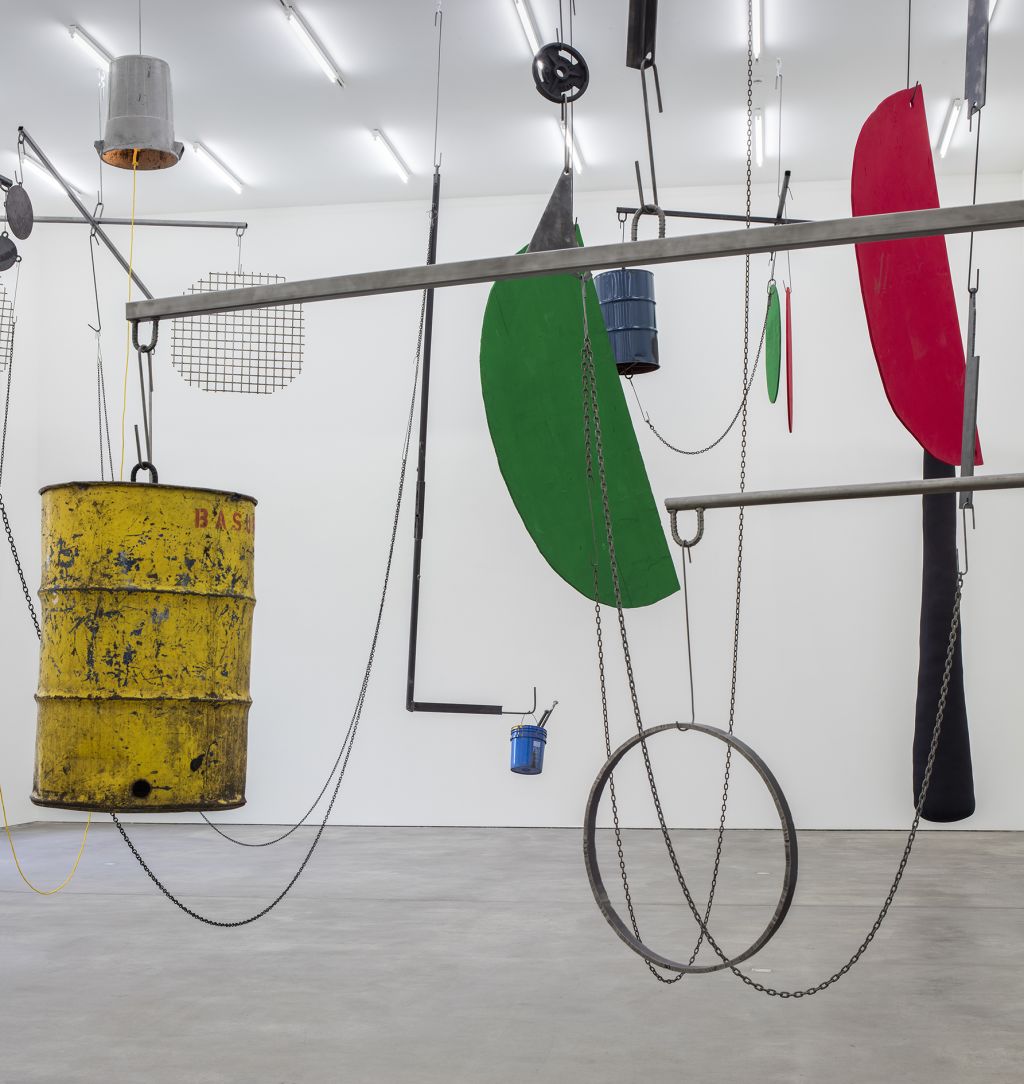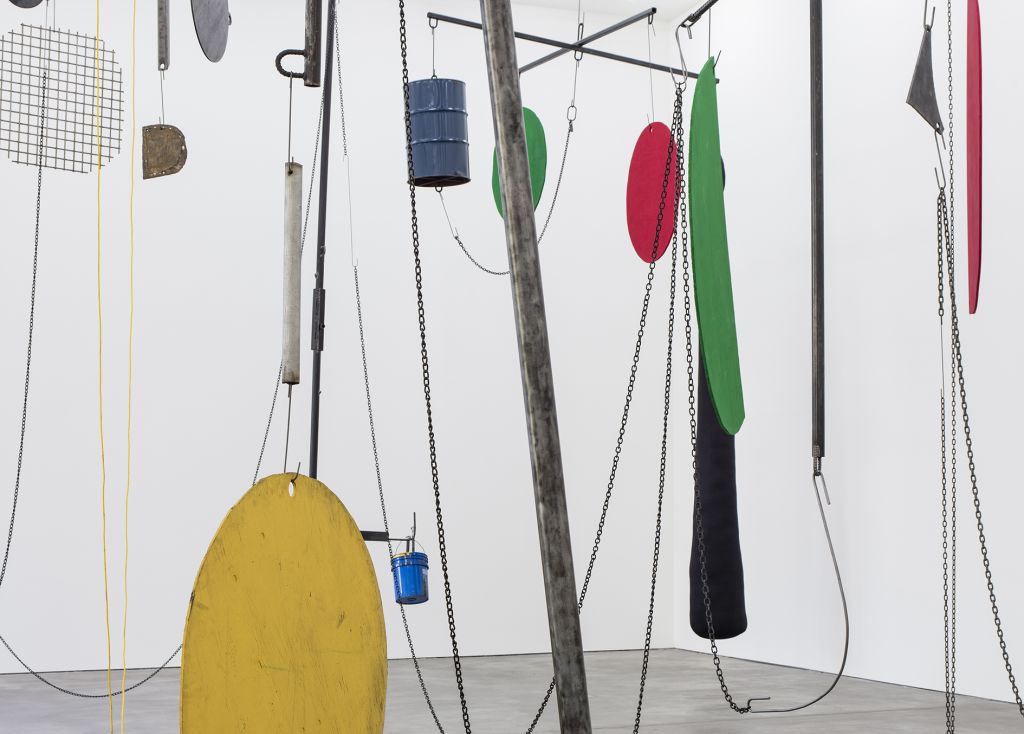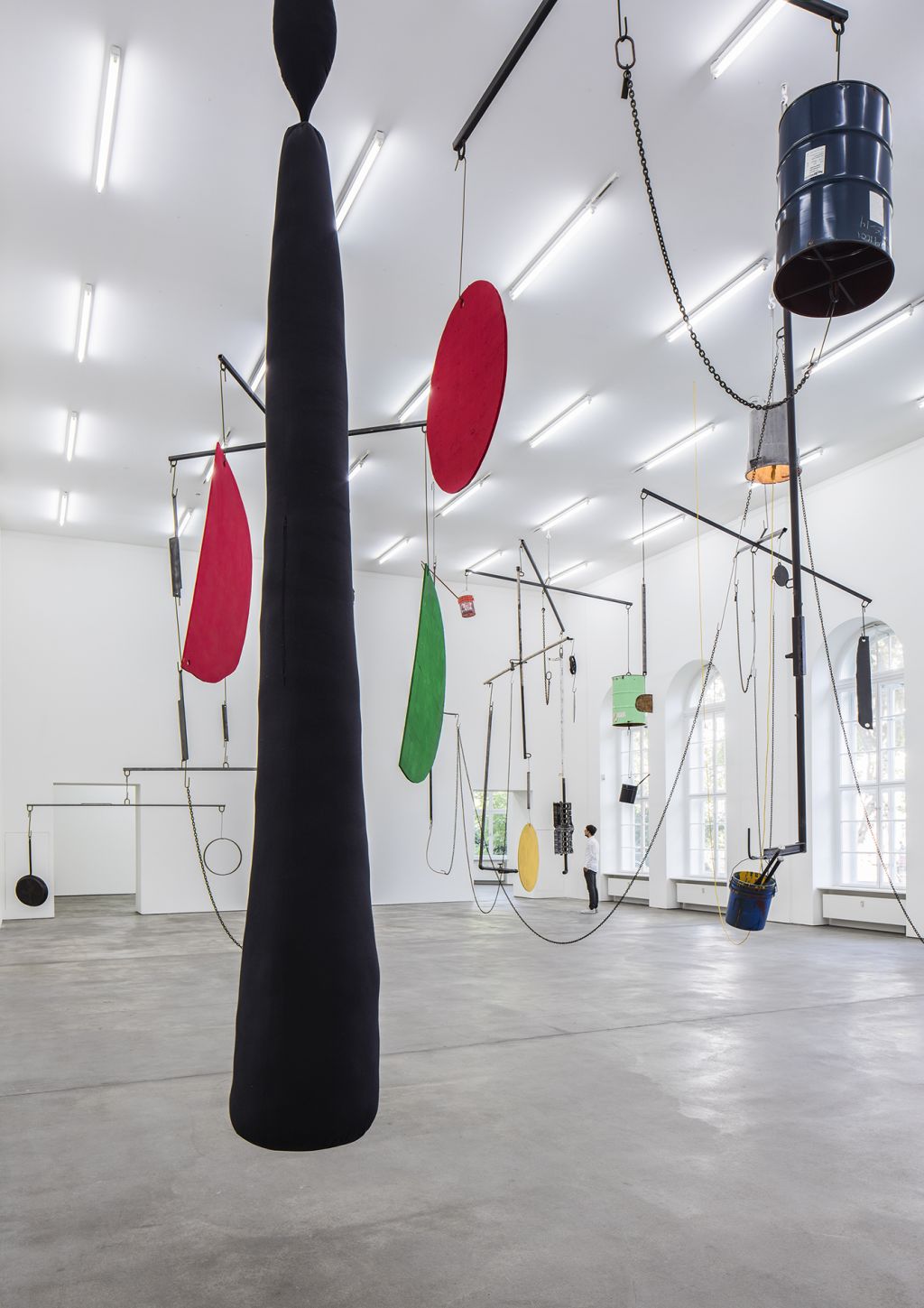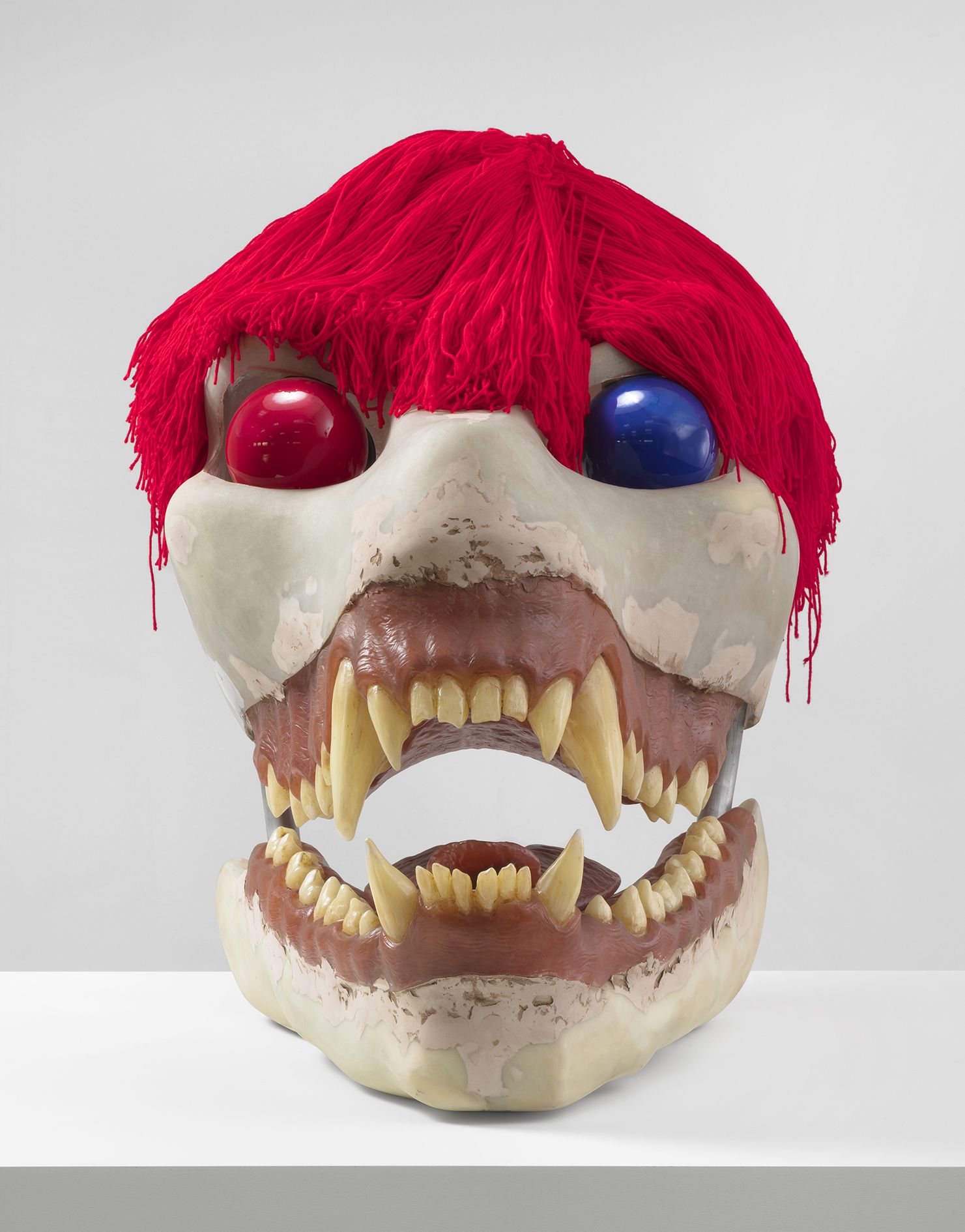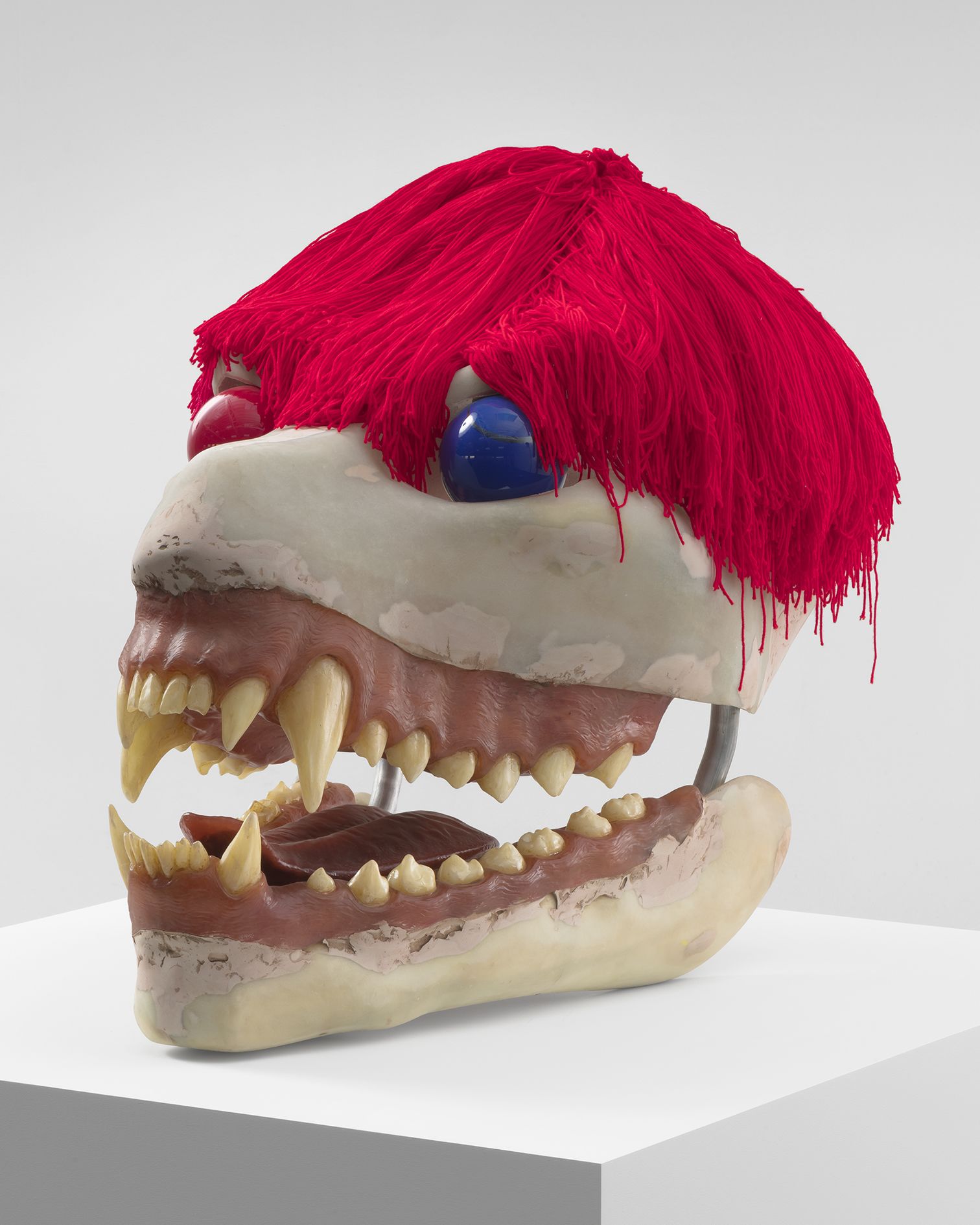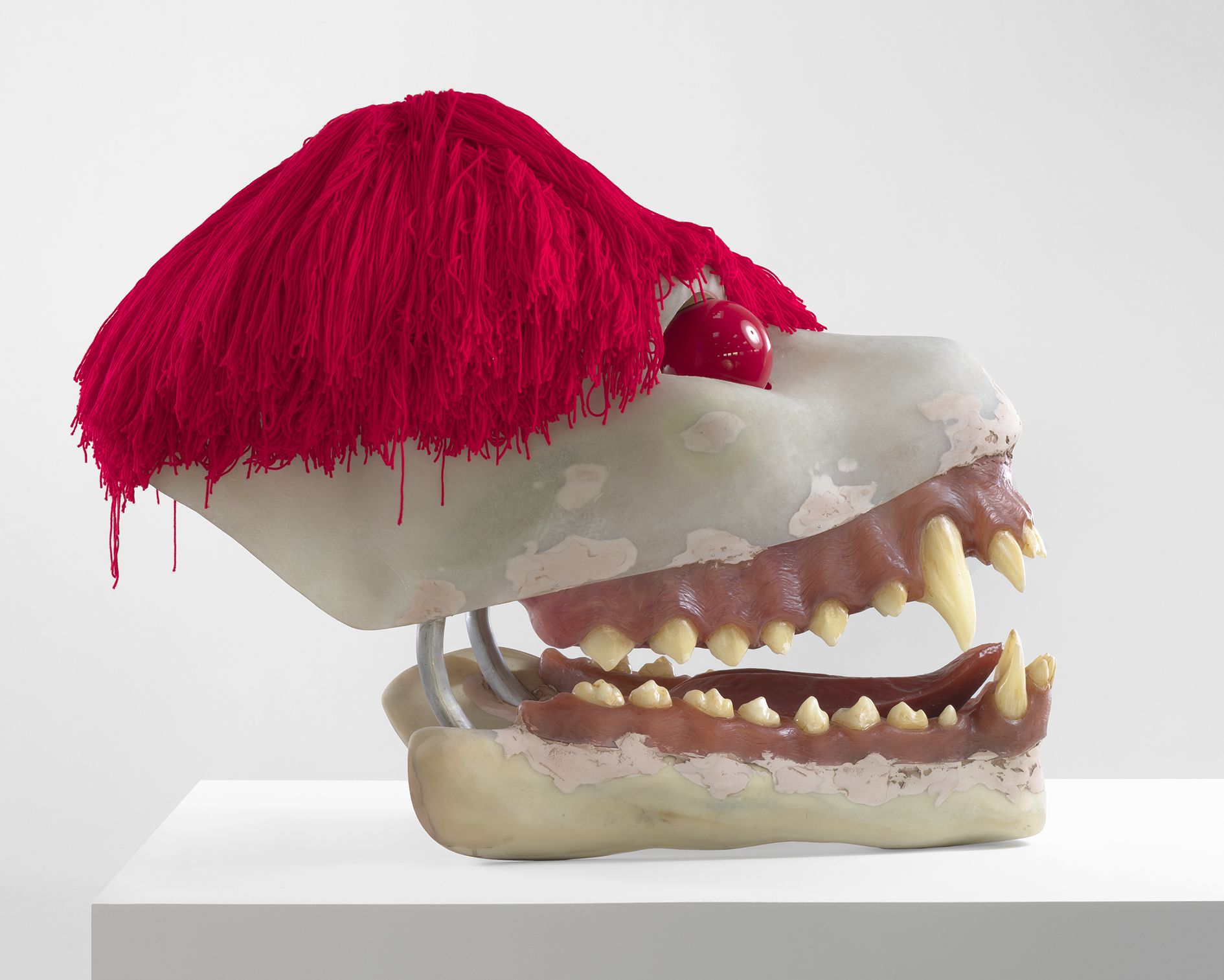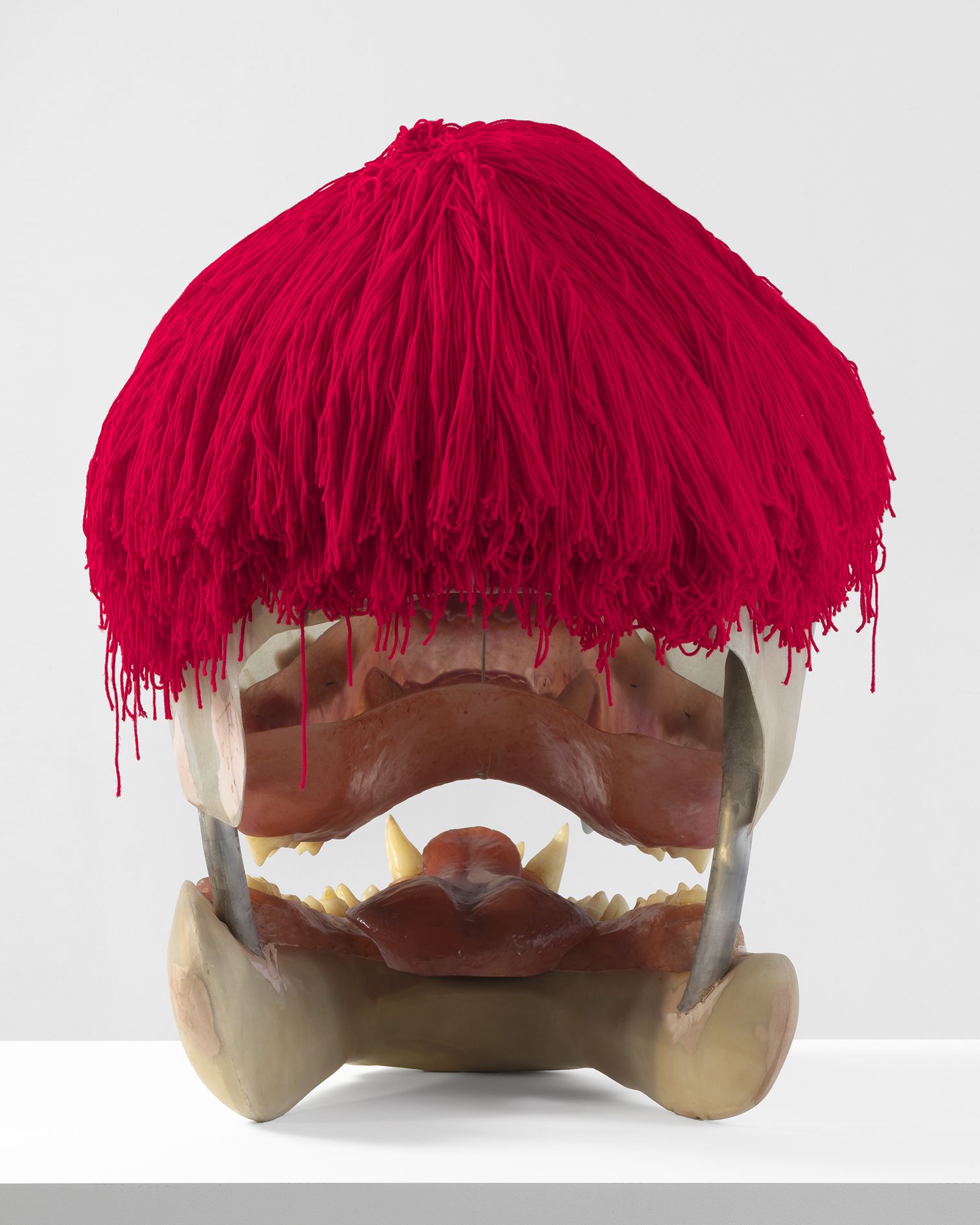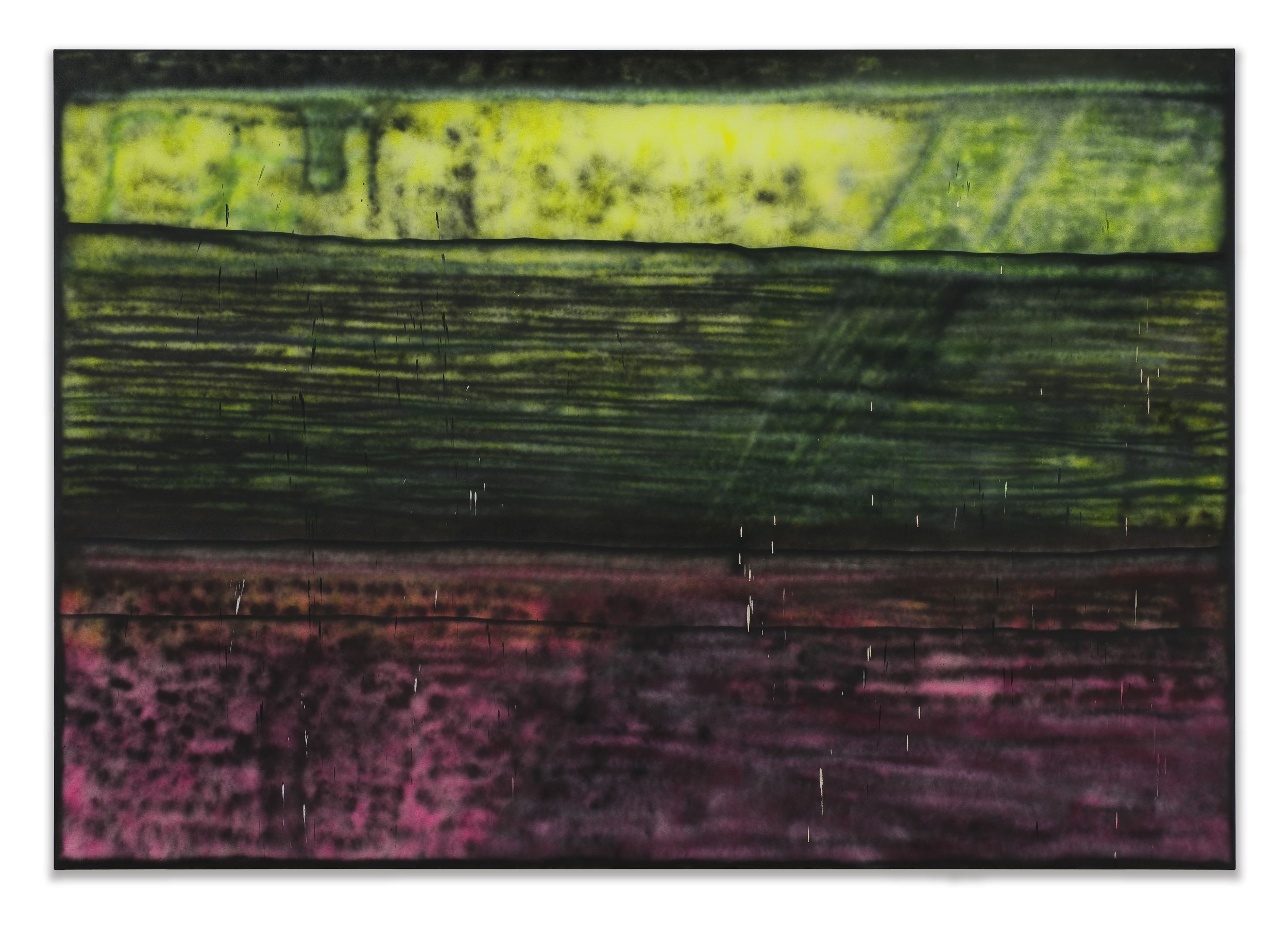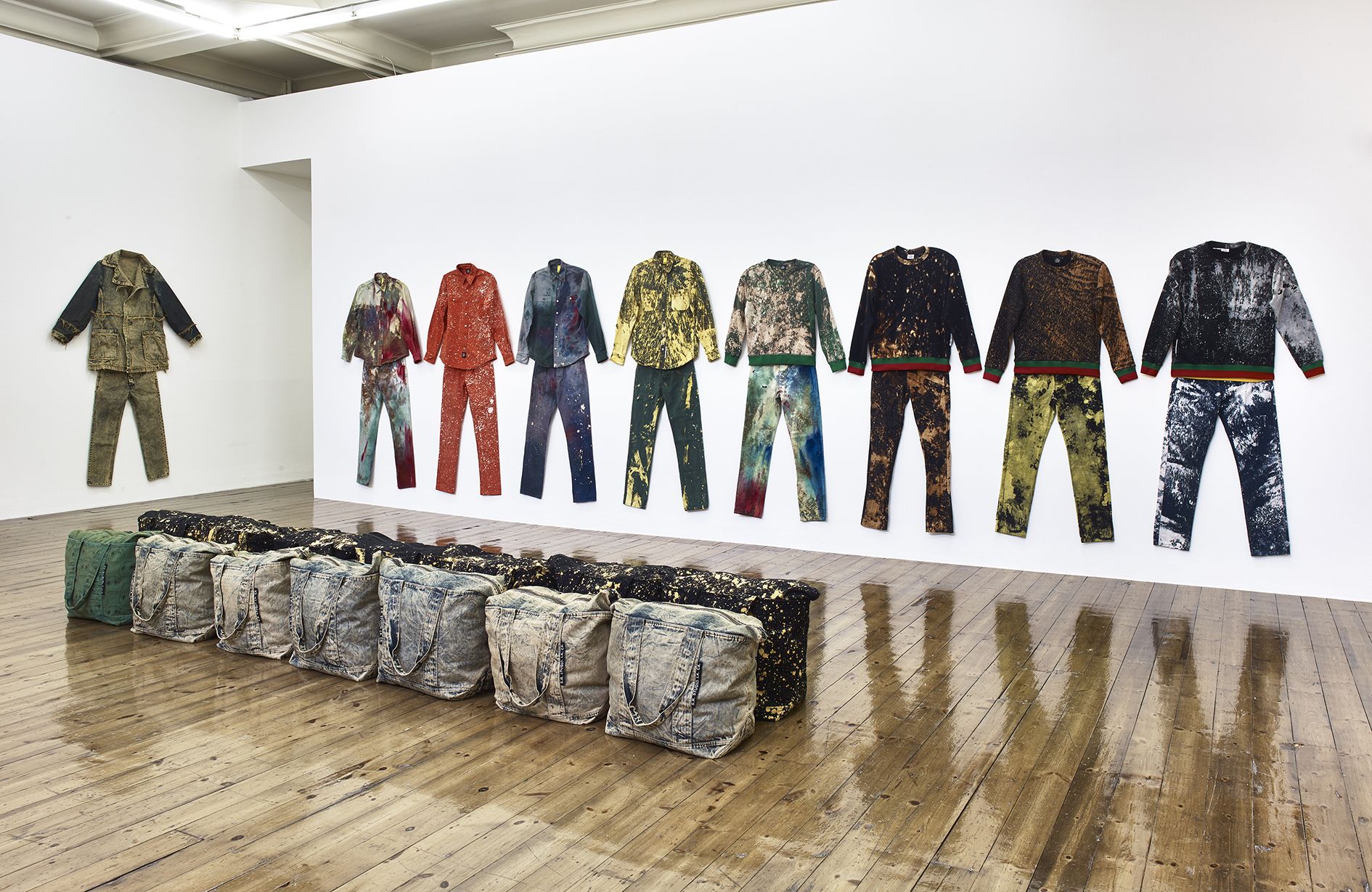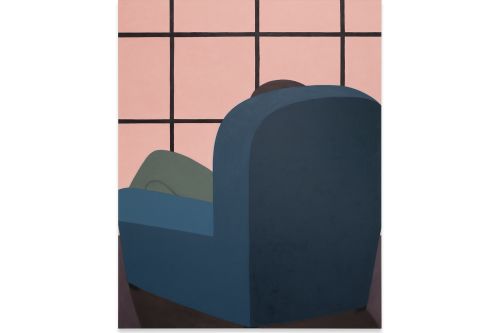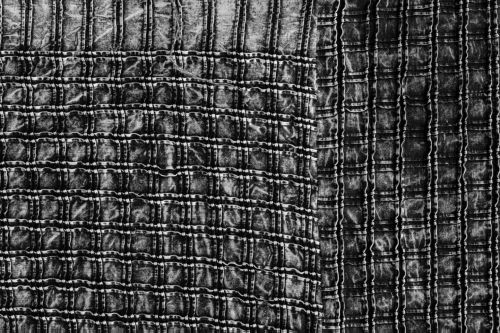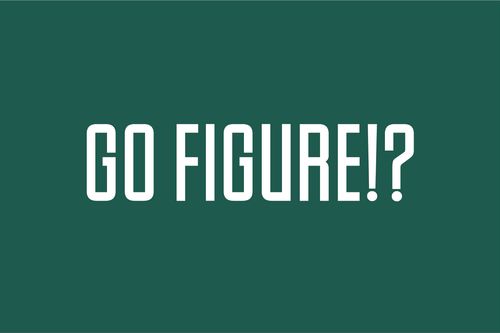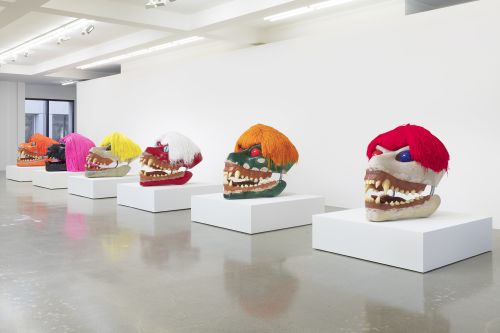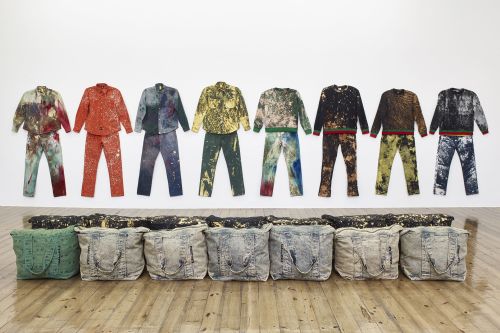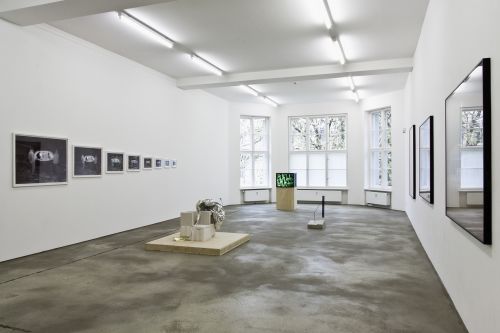Sterling Ruby (*1972, Bitburg, Germany, American/Dutch) lives and works in Los Angeles. Solo exhibitions include Sogetsu Foundation, Tokyo (2023), Museum of Cycladic Art, Athens (2021), Institute of Contemporary Art, Boston (2020), Institute of Contemporary Art, Miami (2019), Nasher Sculpture Center, Dallas (2019), Museum of Art and Design, New York (2018), Des Moines Art Museum (2018), Museum of Contemporary Art, Los Angeles (2017), Winterpalais, Belvedere Museum, Vienna (2016), and Musée de la Chasse et de la Nature, Paris (2015). Selected recent group exhibitions include those at Palazzo Diedo – Berggruen Arts & Culture, Venice (2024), The Metropolitan Museum of Art (2021–22), 21st Century Museum of Contemporary Art, Kanazawa, Japan (2020), Desert X Biennial (2019) and others at The Warehouse Dallas (2024), Whitney Museum of American Art, New York (2019), National Museum of Modern Art, Osaka (2019), Museum of Contemporary Art, Chicago (2018), Berkeley Art Museum and Pacific Film Archive (2018), Musée des Arts Décoratifs, Palais Du Louvre, Paris (2017), Tel Aviv Museum of Art (2017), Museum of Contemporary Art, Los Angeles (2017), Los Angeles County Museum of Art (2016), and Hammer Museum, Los Angeles (2016).
| 2019 |
S.R. STUDIO. LA. CA., Pitti Immagine Uomo 96, Florence |
| 2018 |
CALVIN KLEIN 205W39NYC Brand Headquarters, Paris |
|
L.A. Dance Project: Murder Ballades (traveling exhibition) |
| 2017 |
Sterling Ruby Takeover, New York Art Book Fair, Printed Matter, Gagosian booth, New York |
|
CALVIN KLEIN 205W39NYC Spring 2018 Runway Design, New York |
|
FLASH FLASH FLASH, Los Angeles Art Book Fair, Printed Matter, Gagosian booth, Los Angeles |
|
CALVIN KLEIN 205W39NYC Showroom, New York |
|
CALVIN KLEIN 205W39NYC Fall 2017 Runway Design, New York |
|
CALVIN KLEIN 205W39NYC, 654 Madison Avenue Flagship Store, New York |
|
L.A. Dance Project: Murder Ballades (traveling exhibition) |
| 2016 |
L.A. Dance Project: Murder Ballades (traveling exhibition) |
| 2015 |
L.A. Dance Project: Murder Ballads, Jacob's Pillow Dance, Ted Shawn Theater, Becket, MA; Fall for Dance, City Center, New York |
| 2014 |
Basilica SoundSpace, Basilica Hudson, Hudson, NY |
|
Raf Simons/Sterling Ruby FW 2014, Paris |
|
L.A. Dance Project: Murder Ballades, The Theater at the Ace Hotel, Los Angeles, Théâtre du Châtelet, Paris: 2014 Next Wave Festival, Brooklyn Academy of Music, New York |
| 2012 |
Christian Dior FW 2012-2013, Paris |
| 2010 |
Raf Simons x Sterling Ruby Denim Capsule Spring/Summer Collection |
| 2008 |
Raf Simons Store, Aoyama, Tokyo |
| Amorepacific Museum of Art, Seoul |
| Astrup Fearnley Museet for Moderne Kunst, Oslo |
| Baltimore Museum of Art |
| Bass Museum of Art, Miami |
| Carnegie Museum of Art, Pittsburgh, PA |
| Centre Georges Pompidou |
| Des Moines Art Center |
| Frances Young Tang Teaching Museum and Art Gallery, Saratoga Springs, NY |
| Hammer Museum, Los Angeles |
| Istanbul Modern |
| Institute of Contemporary Art, Miami |
| Los Angeles County Museum of Art |
| Louisiana Museum of Modern Art, Humlebæk |
| Moderna Museet, Stockholm |
| Montreal Museum of Fine Art |
| Musée d’Art Moderne de la Ville de Paris |
| Museo d’Arte Moderna e Contemporanea di Trento e Rovereto, Trento |
| Museum of Contemporary Art, Chicago |
| Museum of Contemporary Art, Los Angeles |
| Museum of Modern Art, New York |
| Nasher Sculpture Center, Dallas |
| Orange County Museum of Art, Newport Beach, CA |
| Rachofsky Collections, Dallas |
| Rose Art Museum, Waltham, MA |
| Rubell Family Collection, Miami |
| San Francisco Museum of Modern Art |
| The Seattle Art Museum |
| Sender Collection, New York |
| Solomon R. Guggenheim Museum, New York |
| Tate, London |
| True Foundation, Seattle, WA |
| Berkeley Art Museum and Pacific Film Archive, University of California |
| Whitney Museum of American Art, New York |


